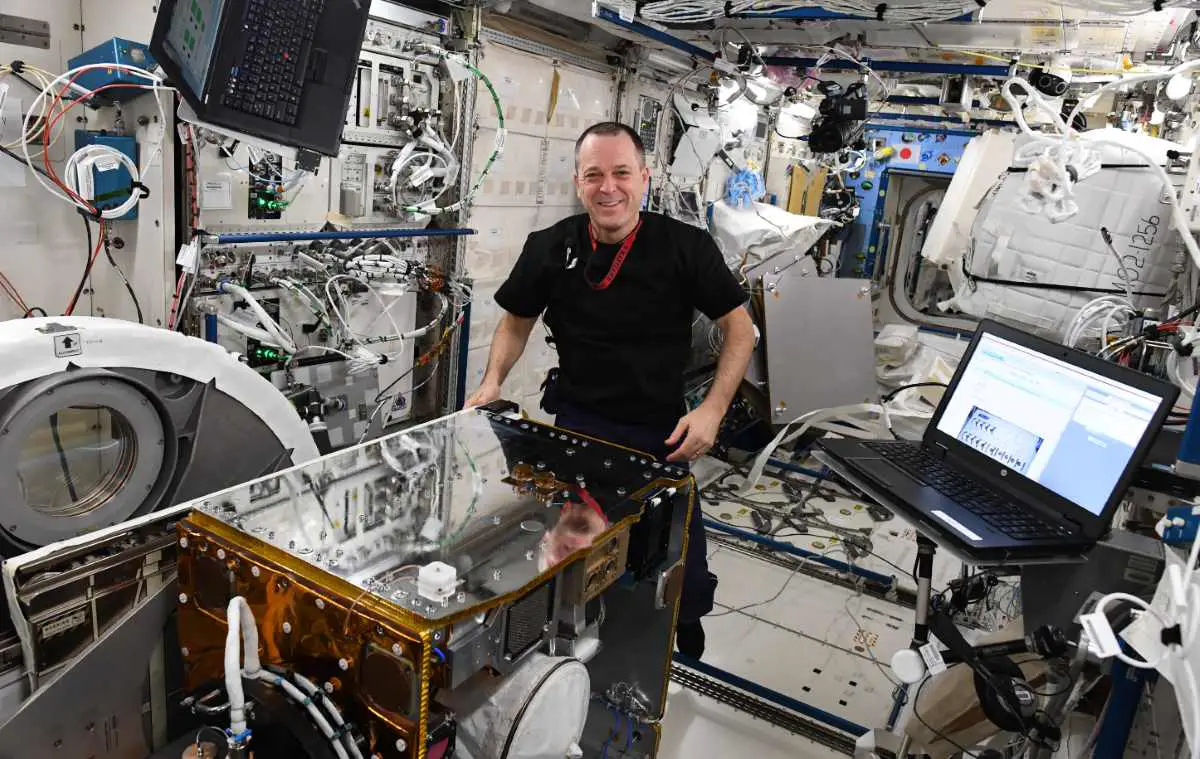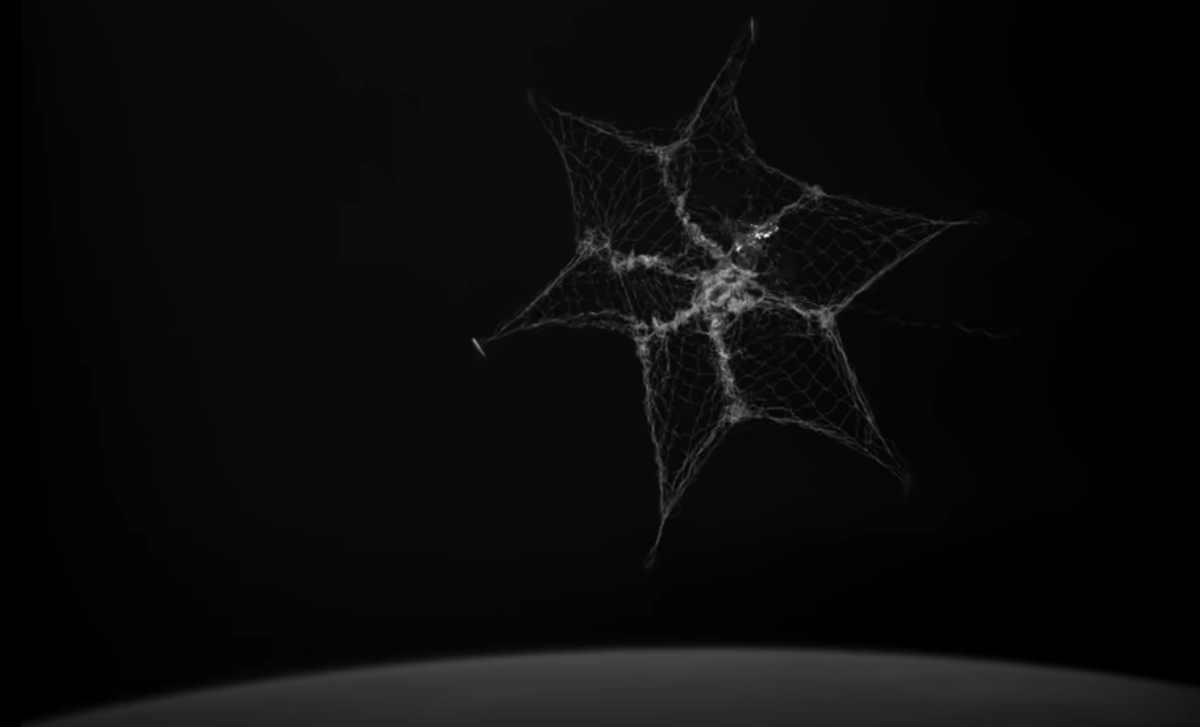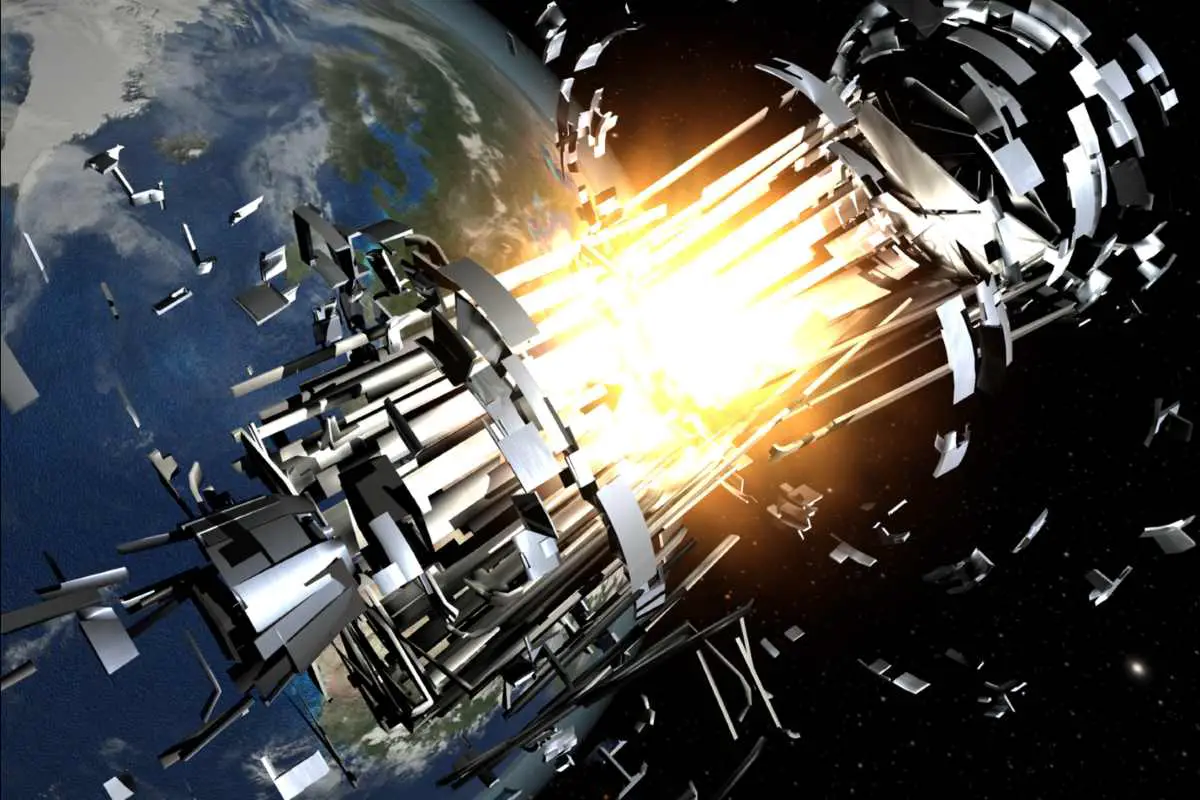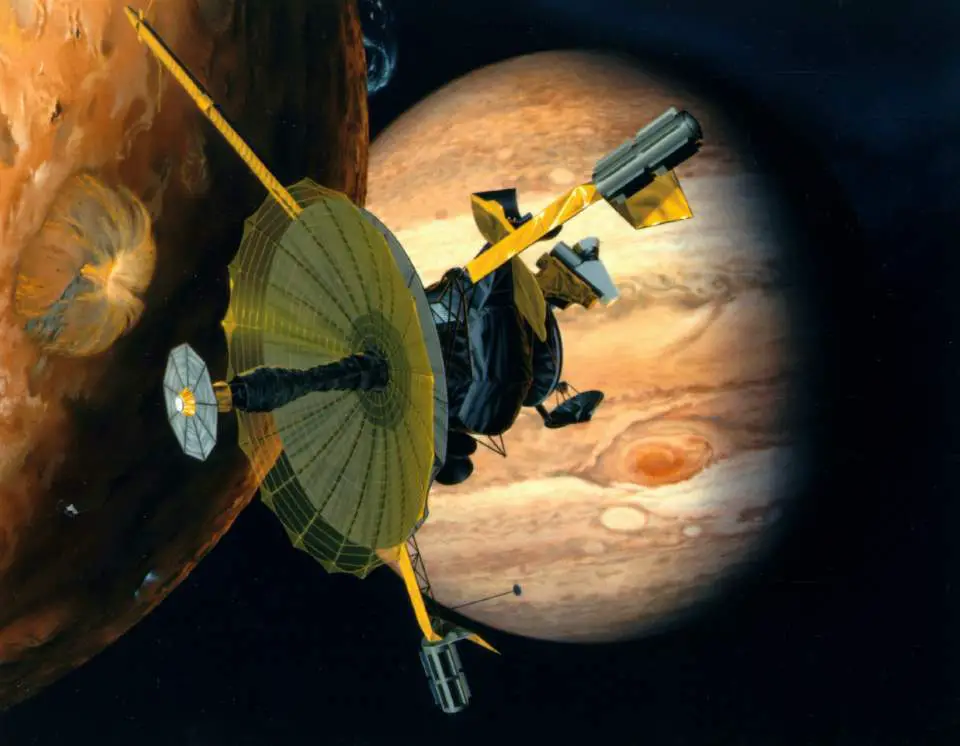In this amazing video, the RemoveDEBRIS satellite deploys a net and captures space debris, a defunct nanosatellite – and this has happened (capturing space junk in space) happened for the first time in space exploration history.
Orbital debris is a really big problem: it can cause collisions in space, and these collisions could have serious consequences for the International Space Station and satellites. The space junk literally can end space exploration and destroy the modern way of life. And the problem is getting worse each year as we are slowly filling the most important part just above us, the Low Earth Orbit (LEO), with junk.
Space agencies and scientists taking this problem very seriously and trying to develop active debris removal (ADR) technologies. On June 20, 2018, the International Space Station deployed the RemoveDEBRIS satellite which was designed, built, and manufactured by a consortium of leading space companies and research institutions led by the Surrey Space Centre at the University of Surrey. The satellite has successfully used its onboard net and captured a nanosatellite that simulates space debris.
The Surrey Nanosats SSC Mission Delivery Team published the raw video of the experiment which you can watch below. It is really, really cool!
RemoveDEBRIS Satellite
The RemoveDEBRIS satellite consists of a large, 100 kg (220 lbs) main satellite that carries two smaller
Before the launch, the technology has been tested for six years here on Earth.

In the coming months, The RemoveDEBRIS mission will perform four experiments, including the first harpoon capture in orbit and a net that will be used on a deployed target. The team will also test a vision-based navigation system that uses cameras and LiDaR (see notes 1) to observe CubeSats that will be released from the main spacecraft. Finally, the RemoveDEBRIS craft will deploy a large sail that will drag it into the Earth’s atmosphere, where it will be destroyed.
Notes
- LiDaR is a surveying method that measures
the distance to a target by illuminating the target with pulsed laser light and measuring the reflected pulses with a sensor. Differences in laser return times and wavelengths can then be used to make digital 3-D representations of the target. The name lidar, now used as an acronymof light detection and ranging, was originally a portmanteau of light and radar.
Sources
- “Video: Net successfully snares space debris” on Phys.org
- “Small Satellite Demonstrates Possible Solution for ‘Space Junk'” on Nasa.gov
- “Watch This Net Capture Orbital Space Debris for the First Time in History” on Motherboard
- “Net successfully snares space debris” on University of Surrey website
- Lidar on Wikipedia
- Space Shuttle Endeavour’s Touchdown Meets Columbia’s Salute [An amazing photo from the past] - February 29, 2024
- Moon Landings: All-Time List [1966-2024] - February 23, 2024
- From Orbit to Ordinary: 10 Earthly Applications of Space Technology - January 23, 2024


